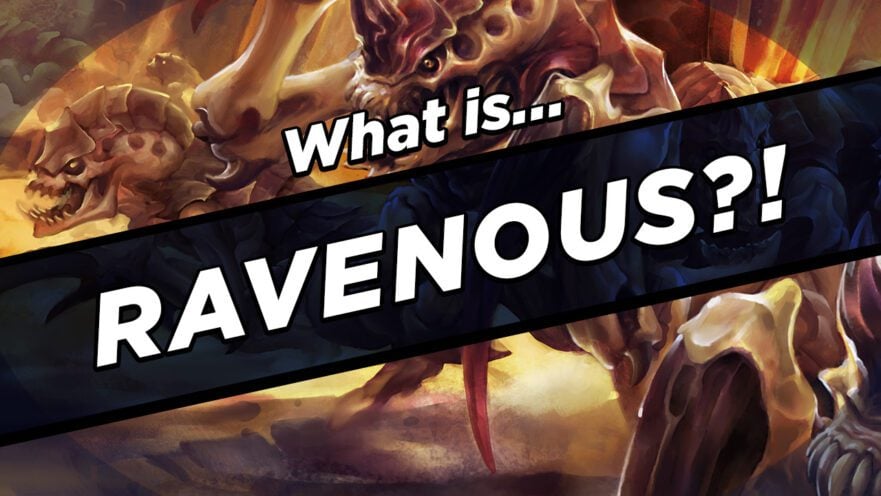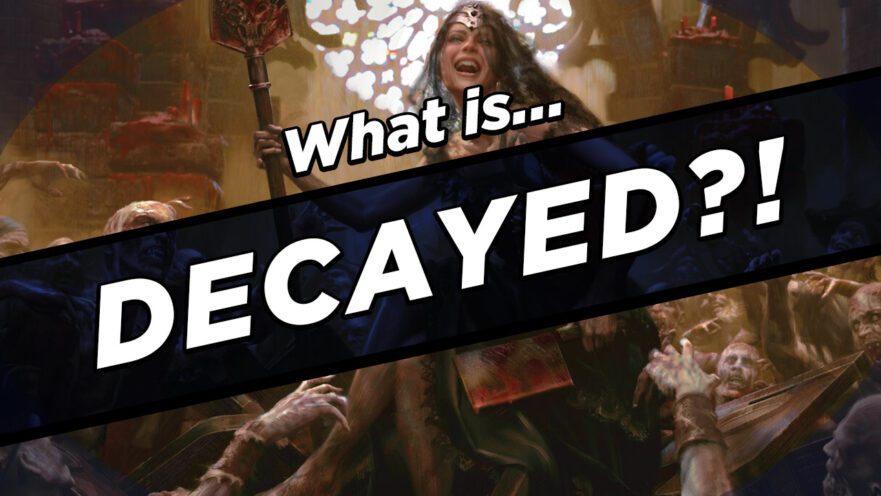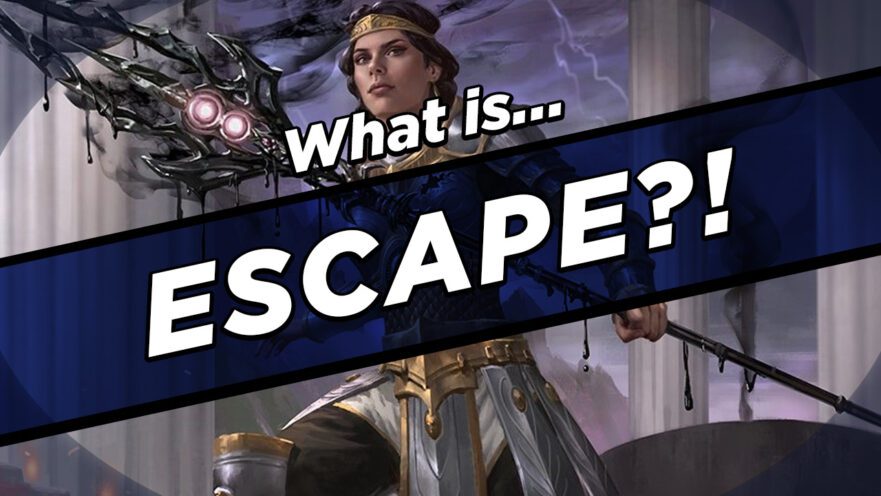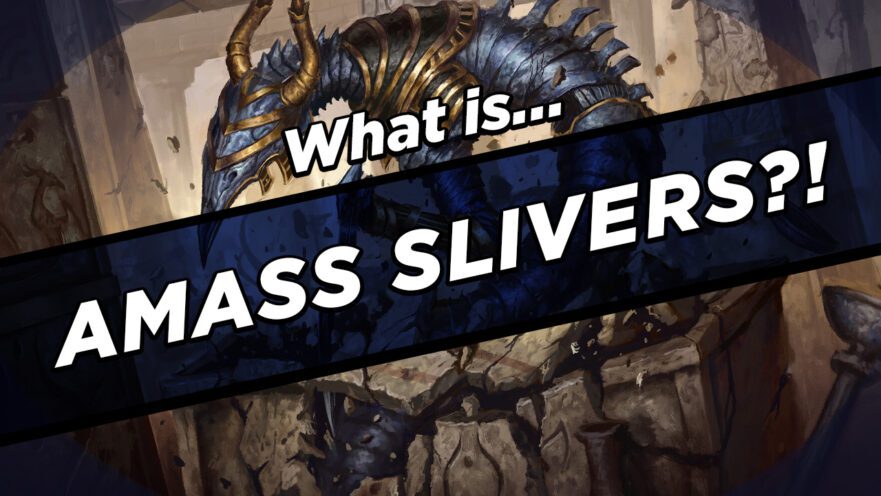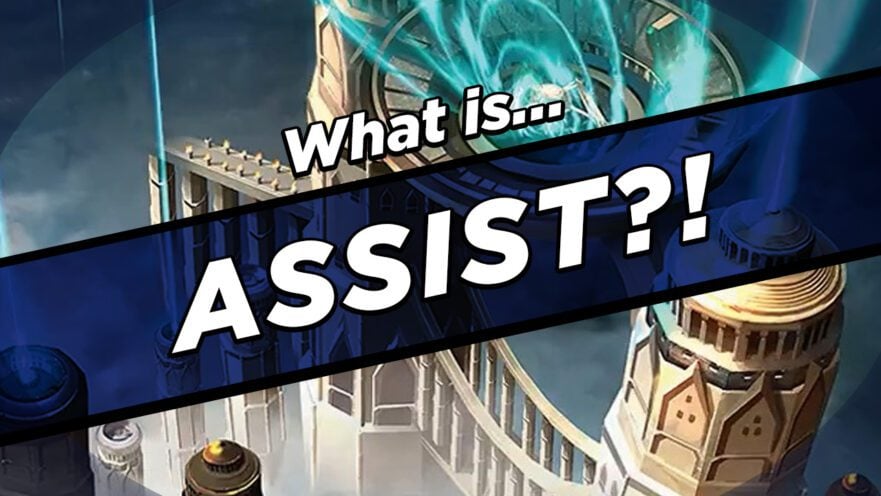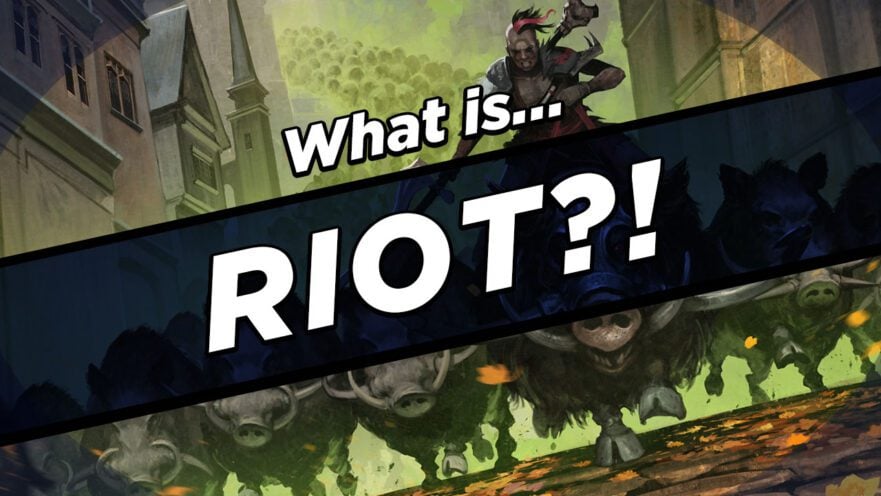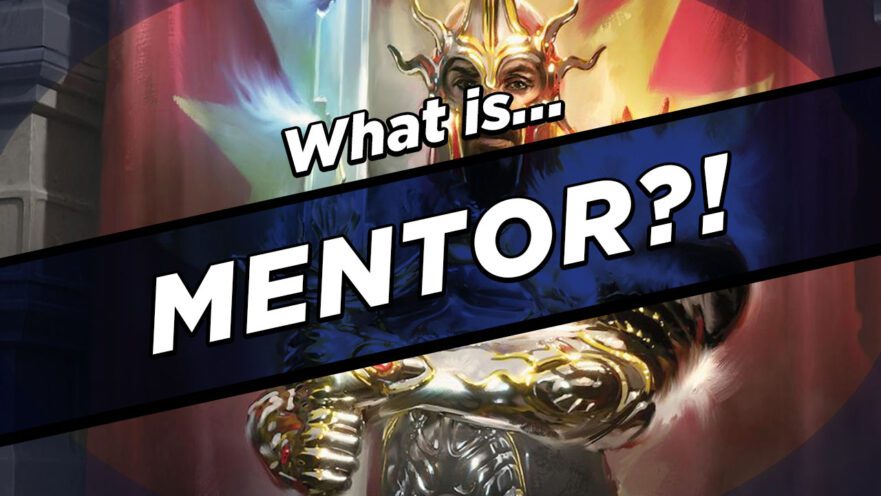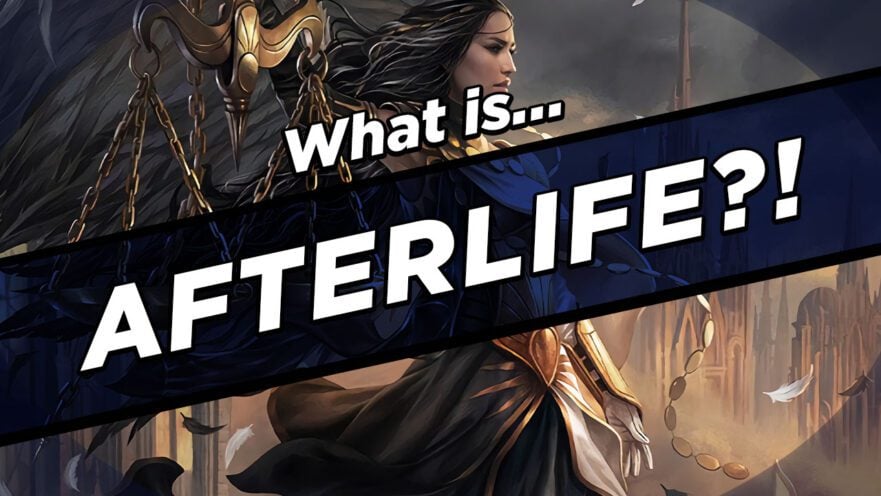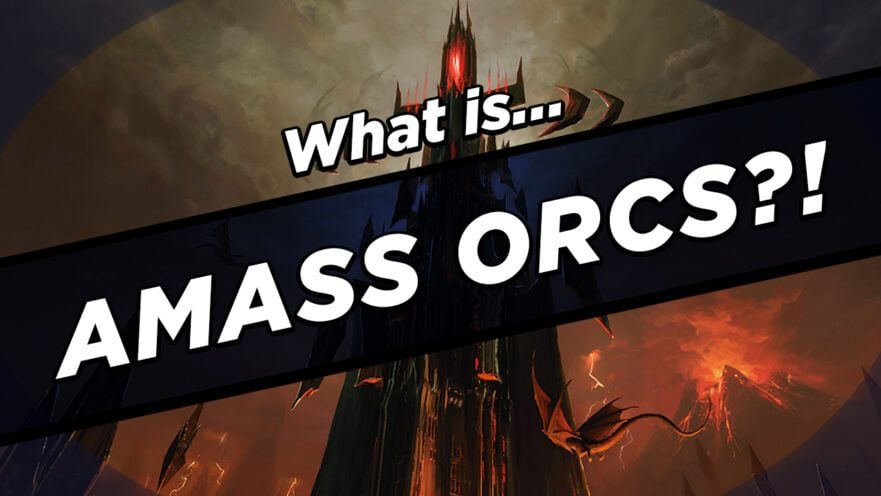Ravenous is a creature keyword that appears on cards from the Warhammer 40K Commander Decks. Creatures with Ravenous all have an X in their casting cost. Ravenous means two things: creatures with it ener the battlefield with a number of +1/+1 counters equal to whatever you paid for X, and if you paid 5 or more for X, you draw …
Decayed – MTG Mechanics Explained
Decayed is a hyper-specific mechanic from Innistrad: Midnight Hunt, and appears solely on Zombie creature tokens. If a creature has the mechanic, that represents two different things: The creature cannot block, and if it ever attacks, it gets sacrificed at the end of that combat. And that’s it. Once a Decayed creature attacks, it will get sacrificed at the end …
Escape – MTG Mechanics Explained
Escape is a graveyard mechanic that can appear on any non-land card. Escape will always be written with a mana cost, and then an amount of cards to exile from your graveyard after that. When a card with Escape is in your graveyard, you may cast it by paying its escape cost, which is both the mana cost written and …
Amass Slivers – MTG Mechanics Explained
Amass is a mechanic that originally appeared in War of the Spark and is now making a return in Lord of the Rings: Tales of Middle-earth COMMANDER MASTERS, but with a bit of a twist: this version is called Amass Orcs SLIVERS, and the armies you amass are made up, fittingly enough, of orcs SLIVERS. Amass Orcs SLIVERS will always …
Spectacle – MTG Mechanics Explained
Spectacle is an alternative cost mechanic that can theoretically appear on any non-land card. It’s a static ability that comes with a listed mana cost, and lets you cast the spell for that cost if an opponent lost life in the same turn. And, yeah, that’s the basics! If someone other than you gets hurt somehow, spectacle costs are active. …
Assist – MTG Mechanics Explained
Assist is a multiplayer mechanic that lets other players help you cast your spells. Might sound a little odd, but for now, here’s how it works. Assist is a static ability that changes the steps of casting the spell – specifically, when you get to the part where you pay costs. You then choose another player, and then before you …
Riot – MTG Mechanics Explained
Riot appears on creatures and is a static ability that gives you a choice: you may have the creature enter the battlefield with either haste or a +1/+1 counter. And as far as rules go, that’s about it! But there are some notes to help you out: Riot worked rather well, allowing some flexibility in your game plan depending on …
Mentor – MTG Mechanics Explained
Mentor is a combat-focused creature-based triggered ability. When a creature with it attacks, you put a +1/+1 counter on another attacking creature that has less power. That’s pretty much the basics – if a Mentor creature attacks with a smaller creature, the smaller creature gets bigger. Multiple instances of the mechanic on a single creature would trigger separately, but that’s …
Afterlife – MTG Mechanics Explained
Afterlife is a triggered ability that appears on creatures, and triggers on those creatures’s death. It’s always written with a number after it (so, Afterlife N), and it means that when the creature with it dies, you create N 1/1 white and black Spirit creature tokens with flying. And that’s…really it. Multiple instances of it on a single creature would …
Amass Orcs – MTG Mechanics Explained
Amass is a mechanic that originally appeared in War of the Spark and is now making a return in Lord of the Rings: Tales of Middle-earth, but with a bit of a twist: this version is called Amass Orcs, and the armies you amass are made up, fittingly enough, of orcs. It will always be written with a number next …

